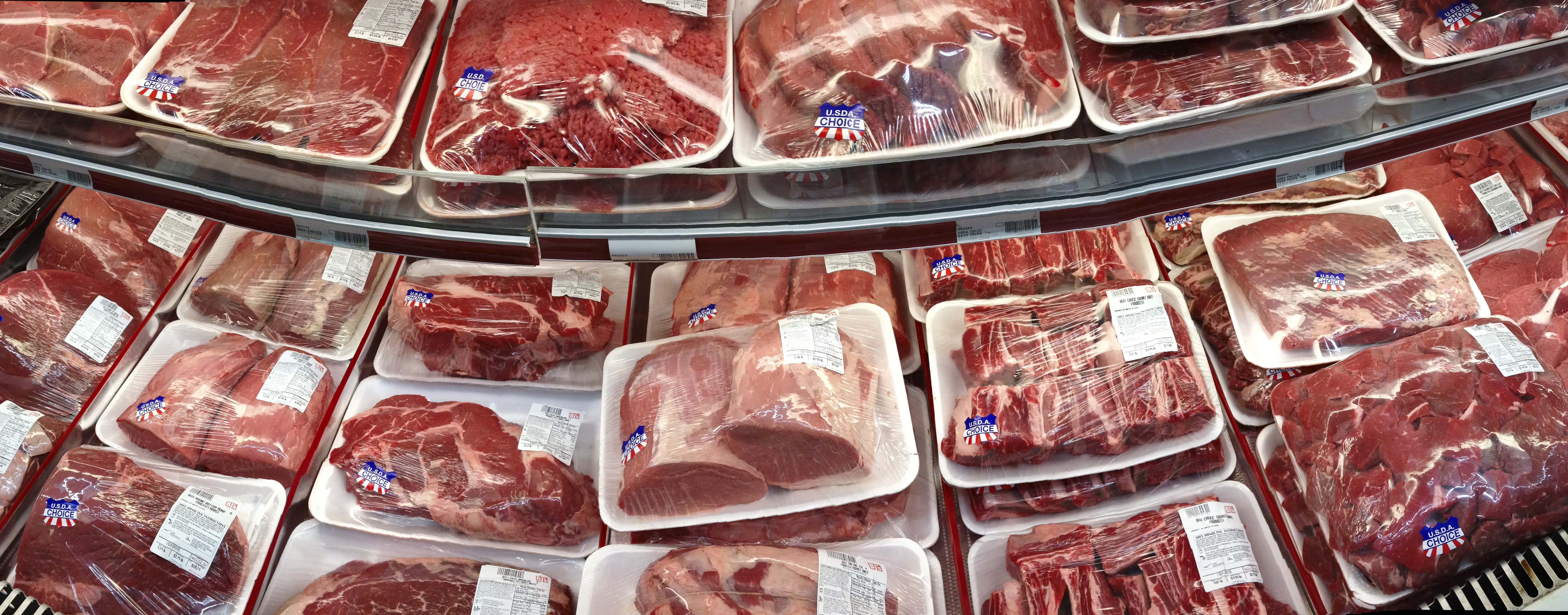
Trump’s Department of Agriculture wants to cut the number of federal inspectors who examine slaughtered pigs for signs of disease and unsanitary conditions and shift some of the work to slaughterhouse employees.
The proposal said the changes could reduce the amount hogs contaminated with Salmonella bacteria that cause food poisoning, but a similar system for killing chickens resulted in one USDA inspector looking at as many as three birds a second and more chicken slaughter plants failing the agency’s standards for salmonella.
“It is irresponsible for the USDA to expand a radical change to food safety responsibility in the pork industry based on a pilot program that clearly failed to show that allowing companies to inspect themselves can produce safe food,” said Wenonah Hauter, executive director of Food & Water Watch.
Traditionally, inspectors examine the head, internal organs and body of each animal for signs of disease and contamination.They feel the lymph nodes of the large intestine and lower abdomen for tuberculosis nodules, check the intestines for parasites and the kidneys for inflammation.
In the 1990s, the USDA’s Food Safety and Inspection Service launched a pilot program to have slaughterhouse employees take over some of the time-intensive inspections before the federal inspectors look at the dead animals. The rationale is that this would free up federal inspectors to “perform critical tasks that have a direct impact on food safety.”
Elsa Murano, the undersecretary for food safety when the pilot program was approved, serves on the board of Hormel Foodswhich is associated with three of the five plants that were part of the pilot program. In February, she owned about $3 million in Hormel stock.
Trump considered Murano for the job of agriculture secretary but ultimately chose former Georgia Gov. Sonny Perdue. He has not nominated anyone for the food safety job at the USDA.
The National Pork Producers Council, which spent $1.8 million in federal lobbying last year, has supported the proposal. Ken Maschhoff, the former president, said it would introduce “new pork production efficiencies while encouraging the deployment of new food safety technologies.” New pork plants are being built under the assumption the proposed regulations will take effect.
The proposed changes would let plants ditch federal limits on how fast pigs can be killed if they choose the new inspection system. Under the current system, slaughterhouses move hog carcasses on the conveyor belt at about 977 an hour or about 16 a minute.
Meatpacking jobs are dangerous with higher rates of illness and injuries than in manufacturing and all private industry.
Concerns about worker safety helped defeat a proposal to increase line speed for poultry, but that was under former President Barack Obama. The USDA recently denied another request to remove the speed limit for killing poultry.
“Speeding up the number of hogs processed each hour in a plant will result in an already dangerous industry becoming even more dangerous,” said Deborah Berkowitz of the National Employment Law Project.


